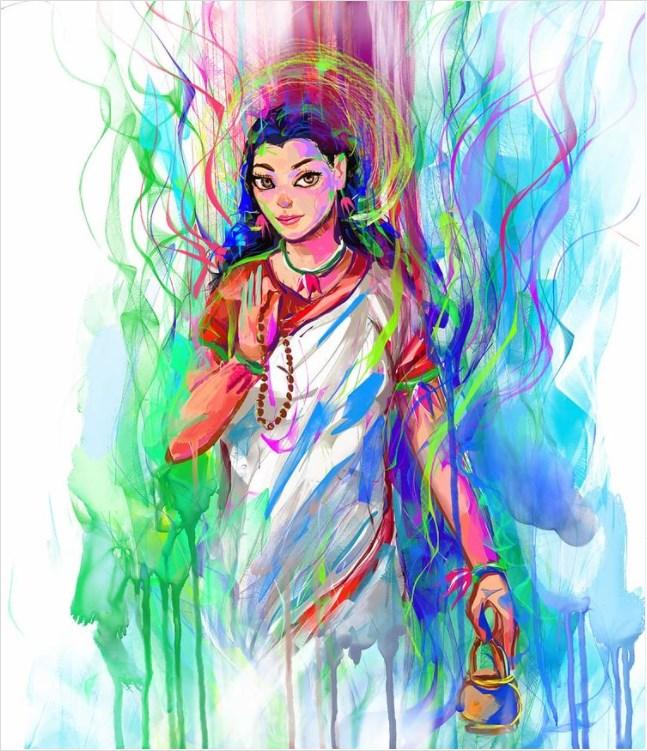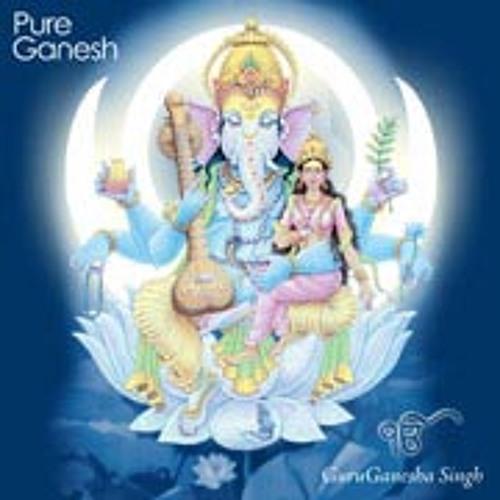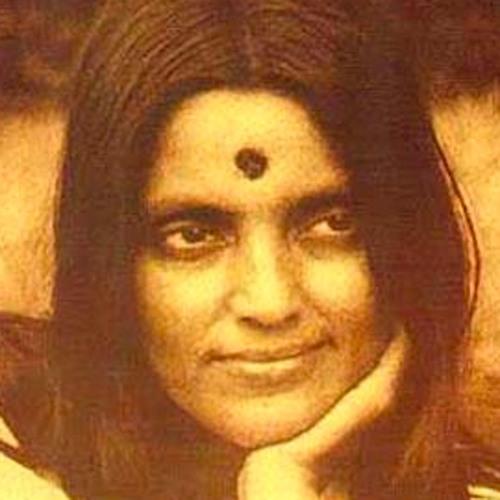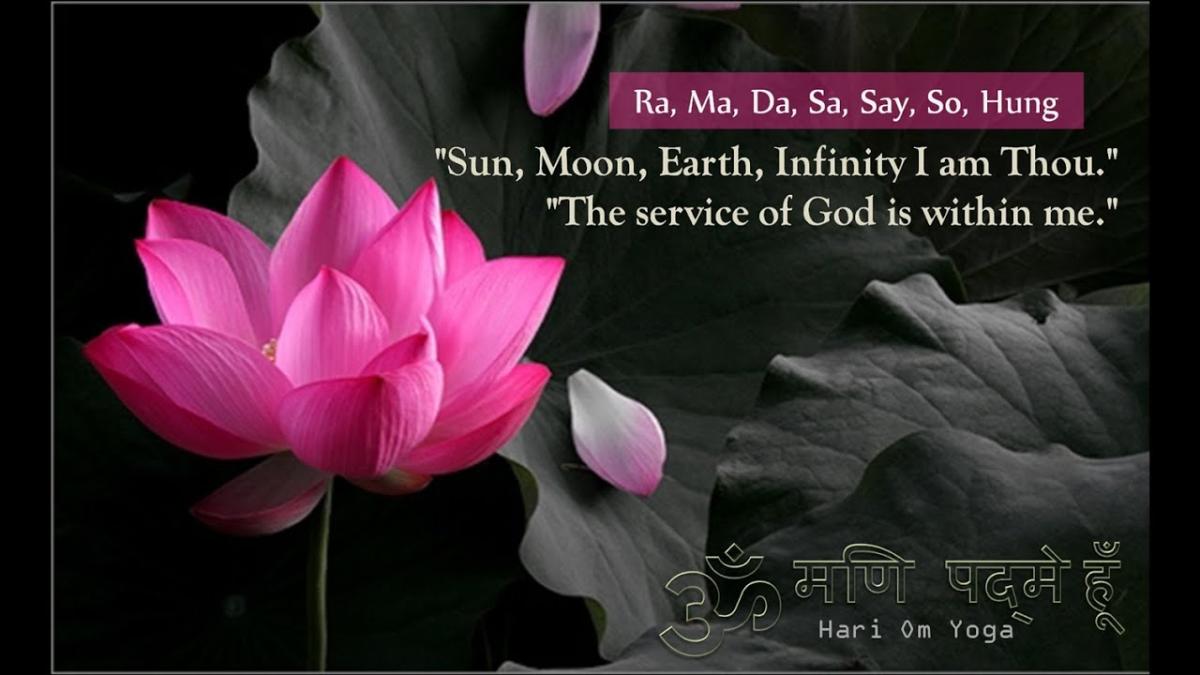
The Second Night of #NavRatri is dedicated to #Ma as #Brahmacharini – the Seeker of the #Absolute.
Now as we will recall – ‘Brahman’ is from Proto-Indo-European *bʰerǵʰ-. This term in PIE refers to something that is ‘high’, ‘exalted’ – and also produces, unsurprisingly, terms for ‘mountain’ (like the Germanic ‘Berg’). It would perhaps be improper via implication to suggest that Her quest is to ‘Get High’ – even though the ultimate goal of said questing is, indeed, wreathed frequently ‘midst Cannabis smoke.
‘Acharani’, meanwhile, a feminine form for ‘Acharana’ – one who goes, or one who follows. This derives from the same root which gives ‘Carya’ – a term not only for ‘motion’ and ‘journeying’, but also for adhering to customs and precepts. And, as it happens, from PIE *kʷel- – which is the same root which gives us our modern English “Cult” and “Culture”, “Telos” and “Teleological” … as well as “Bicycle”.
This is because that PIE *kʷel- root in fact means “to turn”. Just what a wheel does (another descendant term) or a circle (again, from the same root). It is not hard to see how the ‘circle’, the ‘wheel’, the ‘way we go’ pertains both to journeying and to how we conduct ourselves (whether in terms of culture or initiatory precepts) in this journey that we term ‘life’.
So – Brahmacharini, therefore, is moving upwards in both senses.
In the literal sense, She ascends the Himalayas toward the fabled realm where Lord Shiva is to be found.
In the theological sense, She ascends also upward toward the Absolute, the Supreme. Interestingly, this might be thought of as Her remembrance and reconnection with Her Own True Nature – accomplished, certainly, via Her reconciliation and reintroduction to Her Husband, the mighty Mahadev.
Now this is interesting, because in the West we are most familiar with what is known as the ‘Katabasis’ – the ‘Going Under’. Often this is overtly intended as going down into the Underworld, there to meet the dread sovereign(s) of that realm in pursuit of the sought-for boon. Even in Christian times, the Alchemical motto V.I.T.R.I.O.L. – “Visita Interiora Terrae Rectificando Invenies Occultum Lapidem” (‘Visit the Interior of the Earth and Rectifying [i.e. making one’s self pure or whole], you Find the Hidden Stone”) – was prominent amidst those esoteric spheres.
However here, upon first glance, the journey is in the opposite direction. It is, after all, Upwards rather than Below.
And yet – here, there is an underpinning thematic unity. In both cases, one is braving arduous routes and perils to venture to a realm where a Divinity and spirits preside. In both cases, these are realms far removed from what is habitable by ordinary humans, ordinary mortals. And in both cases, there is a fantastic wealth of wisdom (and other sources) to be beheld therein. If one can make it in – and then, more remarkably, make it back out again.
We might go further. I have long observed that in the archaic Indo-European world-view, the Sky and the Underworld – are substantively coterminous. I shall not repeat the reasoning nor the exploration herein. Except to note that we might comfortably observe that the same God holds sway in both places – Lord Shiva, a Lord of Wealth (‘Plouton’, we might say, to dip into the Ancient Greek) and the Dead and possessed of great Wisdom, indeed.
But we are digressing somewhat.
The course of Brahmacharini is to head out into the wilds and engage in a quest. One for Her True Self – and also for (and thusly through) Her Other Half. For it is only there, and rejoined with Her Missing Piece, that She can become most truly Herself. Whole, Hale, Healthy – ‘Holy’, in a more fully realized sense.
The quest is long and dangerous. The Himalayas are no place for a young woman – their upper reaches prove inhospitable even to experienced mountain climbers and hardy men. And yet She continues – She persists.
Why? Because She must. She is following Her Nature – Her Calling, Her Destiny.
What is that Destiny? ‘Happiness’ does not quite begin to cover it – although it is its necessary correlative coefficient. ‘Wholeness’, as we have inferred above, might come closer to the mark.
Eventually, in amongst the higher peaks, She encounters it. Or, rather, She encounters Him. Lord Shiva – there, Himself. Engaged in austerities in the harsh conditions, desperately endeavouring to forget His Wife – the One Whom He had lost amidst the flames of the Sacrifice of Daksha.
She approaches. He recedes.
He might be somewhat intrigued by this woman that has somehow managed to make Her way up all the way to His customary haunting-grounds and bear the harshness of both climactic and other conditions. She may even remind Him somewhat of She Whom He Had Lost. And that is precisely, in part, why He recedes – out of guilt, out of grief, out of disbelief in a miracle that cannot be.
And yet – She is not discouraged. She presses on. He climbs up ever higher in the Mountains, undertaking further Austerities – She matches Him. Demonstrating that this truly is no ordinary woman – able to keep pace with the nature of the God.
What comes next? Shiva’s pause. His beginning to reconsideration. He allows Her to engage Him in dialogue – seeking to perhaps assuage Himself that this cannot, in fact, be Her. Or perhaps to assay whether She, in truth, might just be.
In some tellings, They commence a theological debate. It might sound curious (although I can personally attest that to a .. certain sort of prospective couple, this is indeed something that happens – good to ensure you’re on the ‘same page’ about the most important matters, after all), and yet it is in actuality the most natural thing in the world.
After all, that is precisely what it is upon – nature, Their Nature(s), and how two Gods in Each Other’s presence can be assured of various, greatly important, things.
Eventually, She prevails. Proving to Him that She is, indeed, Who She Is. And prevails, also, through various other rhetorical ‘tests’ delivered by He.
This showcases something further rather interesting – the ‘answer’, it would seem, was inside of Her all along. It only required the proper context, the proper circumstance, the right environment (i.e. with Him) in order to become more fully realized. ‘Immanentized’, we may say.
So. ‘Brahmacharini’, then, is the ‘Seeker of the Absolute’, the Venturer to the High Places – not only terrestrially, nor even cosmologically and metaphysically, but also into (and as) Her Own Self, likewise. For She, as Devi, is the Absolute
And the End of the Journey is also the same location as its Beginning.
A ‘Circle’, some might say – as with the Water, a Cycle.
What’s that Proto-Indo-European term again?
*kʷel-
The ‘Cycle’, the ‘Turning’ of the High (*bʰerǵʰ-), is complete.
Jai Mata Di
https://aryaakasha.com/2022/04/03/brahmacharini-for-chaitra-navratri-seeker-of-the-absolute/









